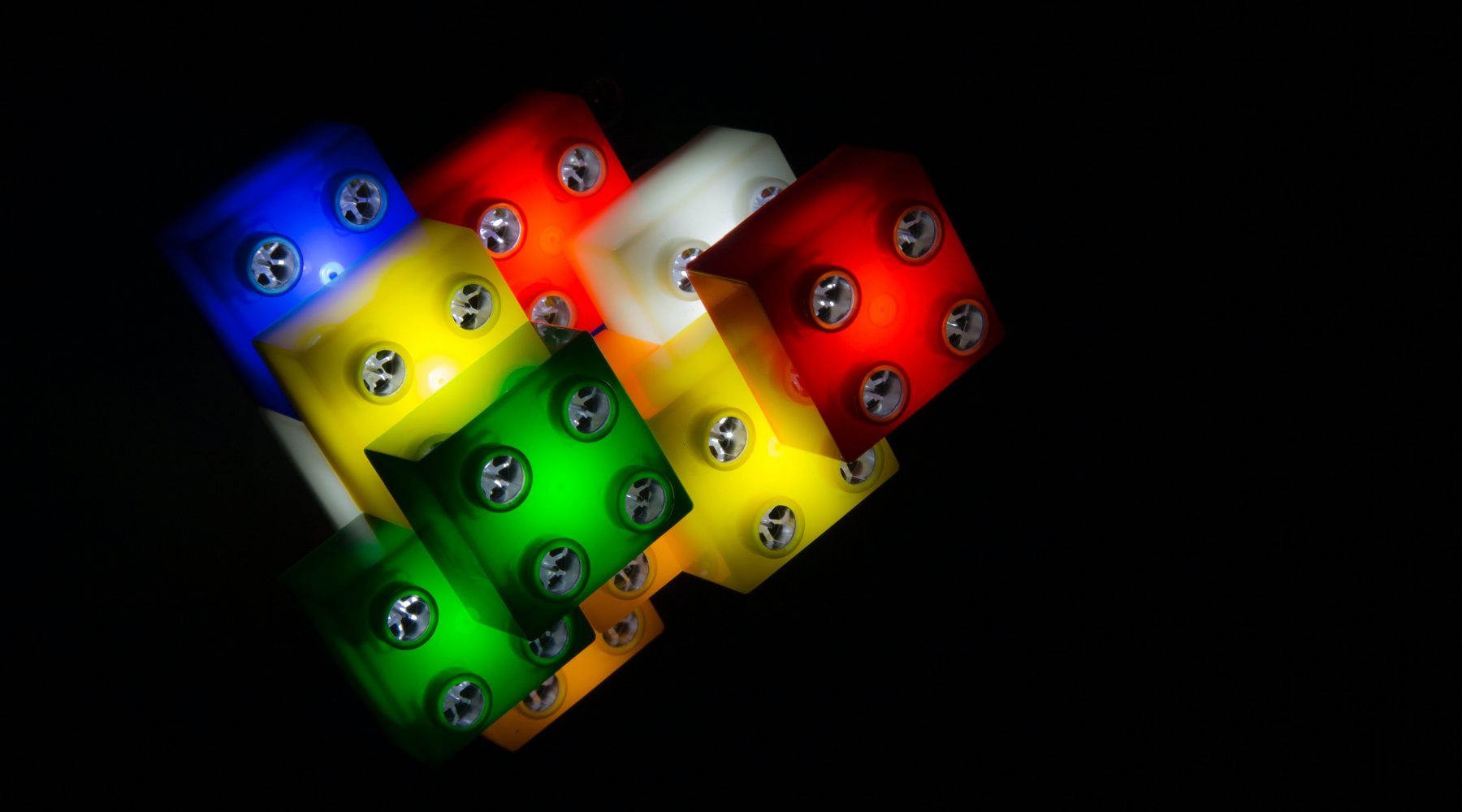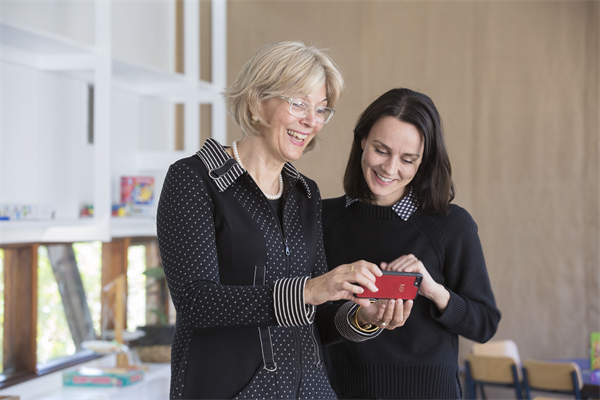New Marilyn Fleer research about girls in ECEC accessing STEM

Monash University Professor Marilyn Fleer is well known in the early childhood education and care (ECEC) sector for her Conceptual PlayWorld model, which supports educators to find science, technology, engineering and mathematical (STEM) problems to solve using the vehicle of familiar stories such as Rosie’s Walk.
New research from Professor Fleer has shown that girls are denied the opportunity to participate in STEM activities despite showing significant interest in design and construction, because design and construction spaces are typically occupied by boys.
Her latest study has shown that girls’ thoughts and actions are endorsed when engaged in STEM play and exploration in the ECEC classroom. When teachers design spaces for STEM activity, such as an engineering setting where craft, blocks and the home corner are combined, girls appear to be as interested in being in the new space as boys.
However, when girls are accessing the space, boys have been shown to persuasively ask girls to give up building materials or equipment, or they take those construction products out of their hands, limiting their opportunities for meaningful participation.
This dilemma of access was one of the driving forces behind the Conceptual PlayLab, which continues to investigate how play-based education can deliver essential cognitive and learning outcomes for infants, toddlers and preschoolers, especially young girls, in STEM.
Funded by the Australian Research Council, Professor Fleer’s $3.2 million project will test the Conceptual PlayWorld model through a purpose-built app which supports teachers and parents to create a play-based world that helps children form ideas and use their imagination to solve problems.
Results from the five-year study will form the basis of a national teaching framework that can help early childhood educators confidently teach STEM through play.
The preliminary study results centred on the investigation of four-to-six year old girls’ activities in STEM, with a view to determining if and how a Conceptual PlayWorld could positively contribute to their interest and activity in science, technology, engineering and mathematics subjects.
Professor Fleer said the results suggested that a Conceptual PlayWorld could create conditions in play-based settings that made a difference to girls’ engagement and learning in STEM.
“In our educational experiment we implemented a Conceptual PlayWorld over 12 weeks, with a specific focus on role-playing and acting ‘as if’ engineers and scientists researching problems, being in engineering teams, and designing and prototyping solutions,” Professor Fleer said.
“The outcomes show how Conceptual PlayWorld gives girls access to resources, positions them as leaders of engineering teams, values their contributions in scientific discussions, and shows consistent use by girls of technical language, design visualisation, and critical and problem solving thinking associated with engineering.
Ongoing studies with teachers, parents, students and schools across Australia will be conducted with the support of PhD candidate Tanya Stephenson.
Further information about the Conceptual PlayWorld project is available here.
Popular

Workforce
Quality
Research
When did it start to go wrong?
2025-12-18 08:00:46
by Fiona Alston

Economics
Policy
Quality
Provider
Research
Is your service ready? Key updates to Queensland kindergarten funding in 2026
2025-12-17 07:00:15
by Fiona Alston

Quality
Workforce
Practice
Research
Let’s not lose the word 'Children'
2025-12-18 07:45:13
by Fiona Alston















